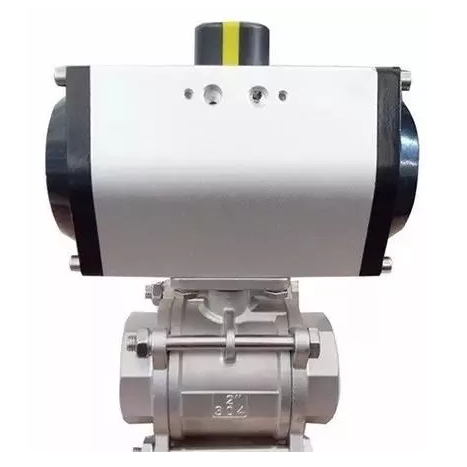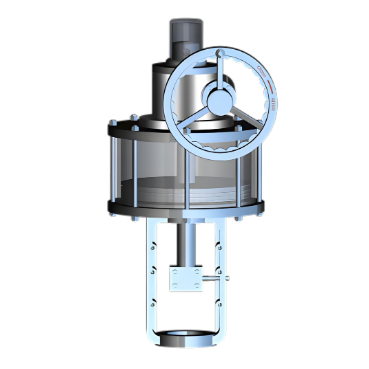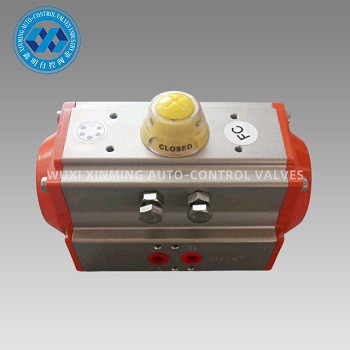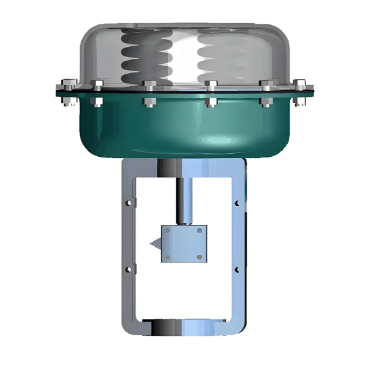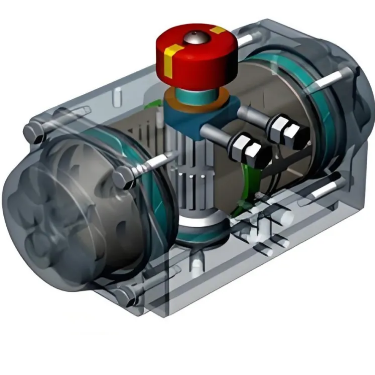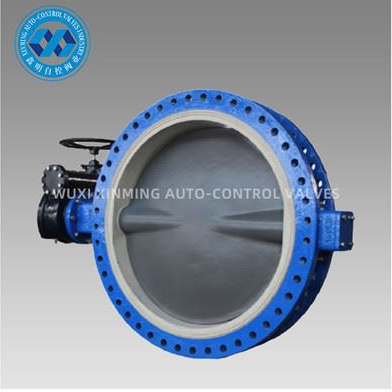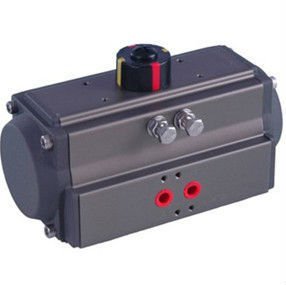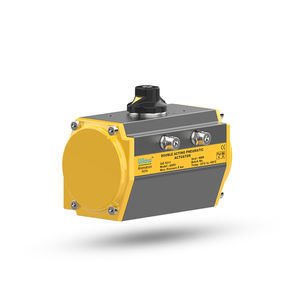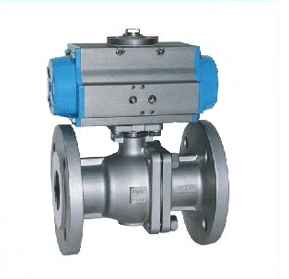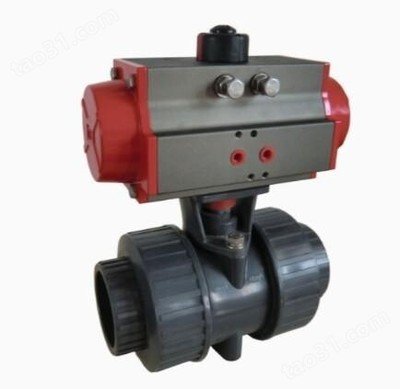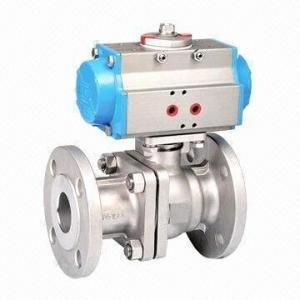Maintaining 90 - degree pneumatic actuators
properly is crucial for ensuring their long - term reliability and optimal
performance. Several best practices can be followed to achieve this.
Regular inspection is the first step. Check
for any signs of leakage in the air supply lines, fittings, and actuator
housing. Even a small leak can reduce the actuator's efficiency and increase
operating costs. Use soapy water or specialized leak - detection sprays to
identify leaks accurately. Additionally, visually inspect the actuator for
physical damage, such as cracks, dents, or corrosion on the exterior surfaces.
Lubrication is another key aspect. Follow
the manufacturer's recommendations regarding the type and frequency of
lubrication. Proper lubrication reduces friction between moving parts like
pistons, gears, and shafts, minimizing wear and tear. However, be cautious not
to over - lubricate, as excess lubricant can attract dirt and debris, causing
more harm than good.
Cleanliness is vital for actuator
maintenance. Keep the actuator and its surrounding area free from dust, dirt,
and other contaminants. These particles can enter the actuator and damage
internal components, leading to poor performance or even failure. Use
compressed air or appropriate cleaning agents to remove accumulated debris
carefully.
Periodically test the actuator's
functionality. Check its torque output, response time, and the accuracy of its
90 - degree rotation. Any deviation from the normal operating parameters may
indicate an underlying issue that needs to be addressed promptly. Also, replace
worn - out seals, gaskets, and other consumable parts as per the maintenance
schedule to prevent leaks and ensure smooth operation. By adhering to these
best practices, the lifespan and performance of 90 - degree pneumatic actuators
can be significantly enhanced.
If you want to learn more about low-priced products, please visit the following website: www.xm-valveactuator.com


